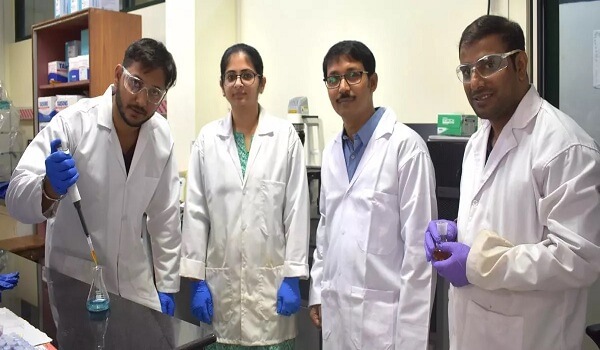Researchers at the Materials Research Centre (MRC), Indian Institute of Science (IISc), have achieved a breakthrough in wastewater treatment and potential medical diagnostics. They’ve developed a cutting-edge enzyme mimetic called “NanoPtA” that can effectively degrade toxic chemicals in industrial wastewater when exposed to sunlight. This innovative nanozyme not only addresses the limitations of natural enzymes but also has promising applications in healthcare.
Challenges with Natural Enzymes
- Natural enzymes, crucial for biological reactions, face limitations such as sensitivity to damage, complex production processes, high costs, and difficulty in recycling.
- Mass-producing natural enzymes is expensive and time-consuming, often relying on the availability of specific organisms like fungi. Storage of natural enzymes also requires cool temperatures, making them impractical for many applications.
The Rise of Nanozymes
- To overcome these challenges, scientists have turned to nano-sized enzyme mimetics, or “nanozymes.” In this study, IISc researchers developed NanoPtA, a platinum-containing nanozyme that can be converted into powder form for industrial use.
- This synthetic nanozyme mimics the function of oxidases, natural enzymes that remove hydrogen from substrates in the presence of oxygen to form water.
NanoPtA’s Unique Properties
- NanoPtA is highly specific in breaking down certain substrates.
- It exhibits robustness, withstanding pH and temperature variations.
- The nanozyme forms tape-like structures when it comes into contact with wastewater, emitting light.
- It can degrade pollutants in wastewater by oxidizing them in the presence of sunlight, reducing wastewater toxicity.

